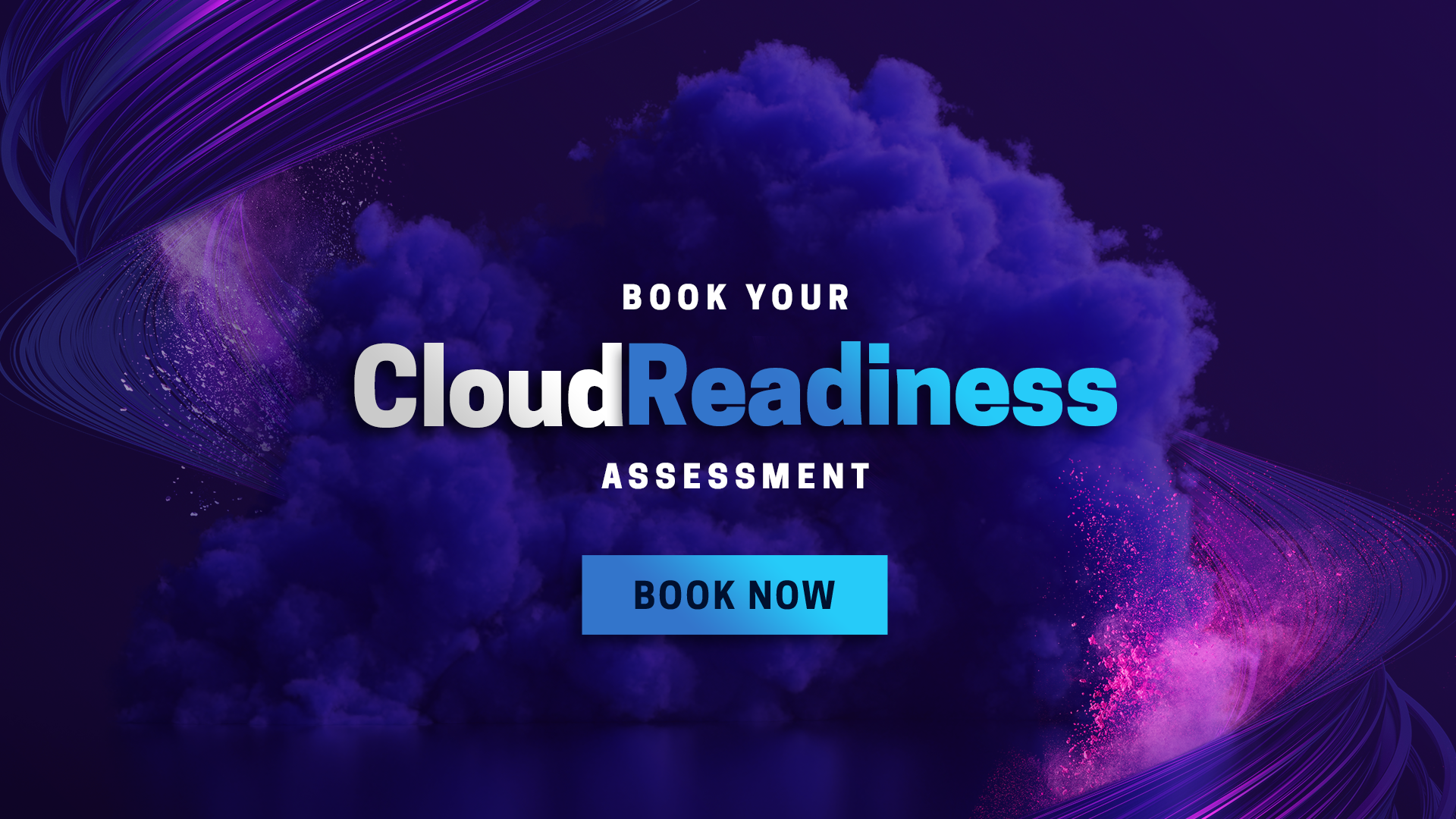Endless integrations, complicated links between systems, and so much knowledge that only individual members of staff know... How and where do you start if you're looking to move your Student Information System to the cloud?
This is where our Cloud Discovery Service comes in. A standalone package only available to Higher Education institutions like yours and designed to give you everything you need to prepare for the successful migration of your SIS to the cloud.
We chatted to Timothy Jones, Head of Student Systems and Data at Birmingham City University, to find out what his experiences were like after completion of the service.
Tribal: When did you first seriously consider moving SITS from on-premise to the cloud, and what were the key drivers for that?
Timothy:
Initially, the main driver was to replace SITS hardware that was coming to end of life. The university had moved the Virtual Learning Environment to a cloud-hosted solution. As this went well, we then explored moving other systems to the cloud. I think a big driver for this type of move was to free up IT staff from maintaining large numbers of servers onsite and give extra cover as only a small number of IT staff could look after SITS servers. There was activity to improve security, and a lot of IT time would be needed for this work onsite, and so we wanted to assess the Tribal cloud service security options too.
Tribal: When did you decide to go for a Cloud Discovery Service, and what were you hoping to get out of it?
Timothy:
We were really looking for a quote of how much the service would cost the university. We also had a number of questions about how the service would work with other university systems, as we have a lot of other systems integrated with SITS. There were also a number of elements we wanted to look at separately, including helpdesk, reporting and authentication.
Tribal: How did the proposals help to inform your decision?
Timothy:
The university used the end report to compare with proposals for the other options to replace the SITS hardware. These included moving SITS to the university's cloud service or maintaining the SITS infrastructure on-premise with newer hardware.
Tribal: What preparation did you do prior to the workshops?
Timothy:
There was documentation to complete, largely technical information about our existing SITS setup and environments. Two key areas, Reporting and Integration, required documenting examples of key reports and listing out all the integrations we currently had with SITS. The preparation was largely focused on this activity.
Tribal: Who attended the sessions?
Timothy:
There were different people at each session. I was the only one to attend all of them on behalf of the Academic Registry. At the initial meeting, there were members of senior management, Director of IT, Head of Academic Registry. Members of IT attended later sessions with specific specialisms such as integration, system architecture, as well as reporting and data warehouse specialists.
Tribal: How did the technical teams make time for the workshops?
Timothy:
Technical staff made time where they could and often attended just the sessions they were critical for. Having said that, we were not short on university expertise at the sessions! I attended all sessions, but very few others did needed to.
Tribal: What did you learn? Is there anything you'd like to add to the service (looking back)
Timothy:
The way the content of the cloud discovery workshops is put together does show most aspects of Tribal's solution, so you can understand (with great detail) how SITS in the cloud will operate and integrate with other systems. Going through each area step by step, often comparing the current on-premise SITS setup with what would be the equivalent in the cloud. Highlighting key things that will change and how they would be handled within a project was a very reassuring way of understanding the change to the cloud.
We had a lengthy procurement step before we signed the contract. During the lead-up to the start of the project, various members of IT had numerous questions about aspects of the cloud solution. If they had been able to attend more of the cloud discovery workshop sessions, I'm sure the vast majority of their questions would have been answered already. I would recommend greater engagement from members of technical teams with the benefit of hindsight.
 Timothy Jones is Head of Student Systems and Data at Birmingham City University. He has worked with the SITS student record system in Higher Education for over 20 years, moving to BCU in 2012, leading Academic Registry system development, management information and enhancing data quality of statutory returns.
Timothy Jones is Head of Student Systems and Data at Birmingham City University. He has worked with the SITS student record system in Higher Education for over 20 years, moving to BCU in 2012, leading Academic Registry system development, management information and enhancing data quality of statutory returns.



